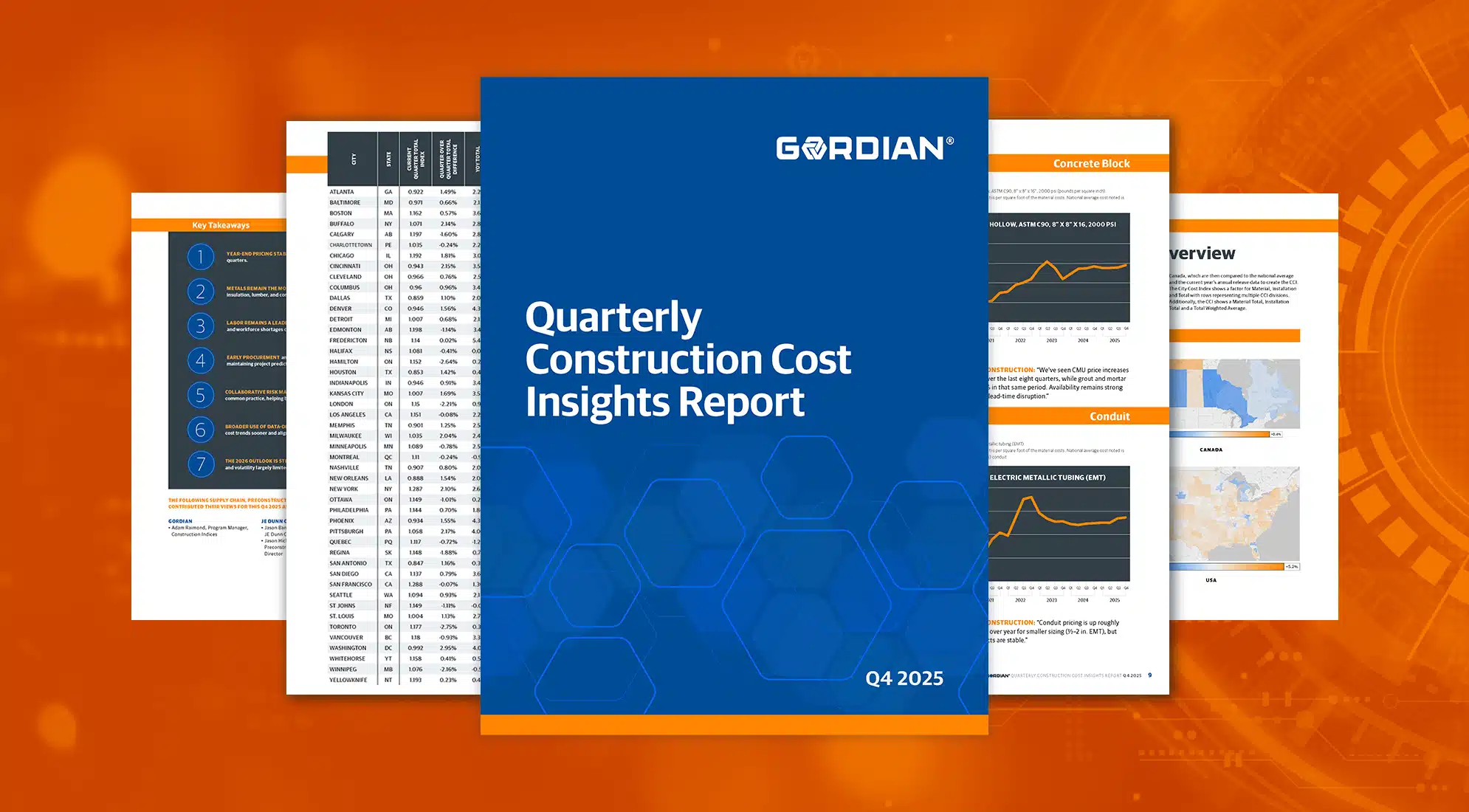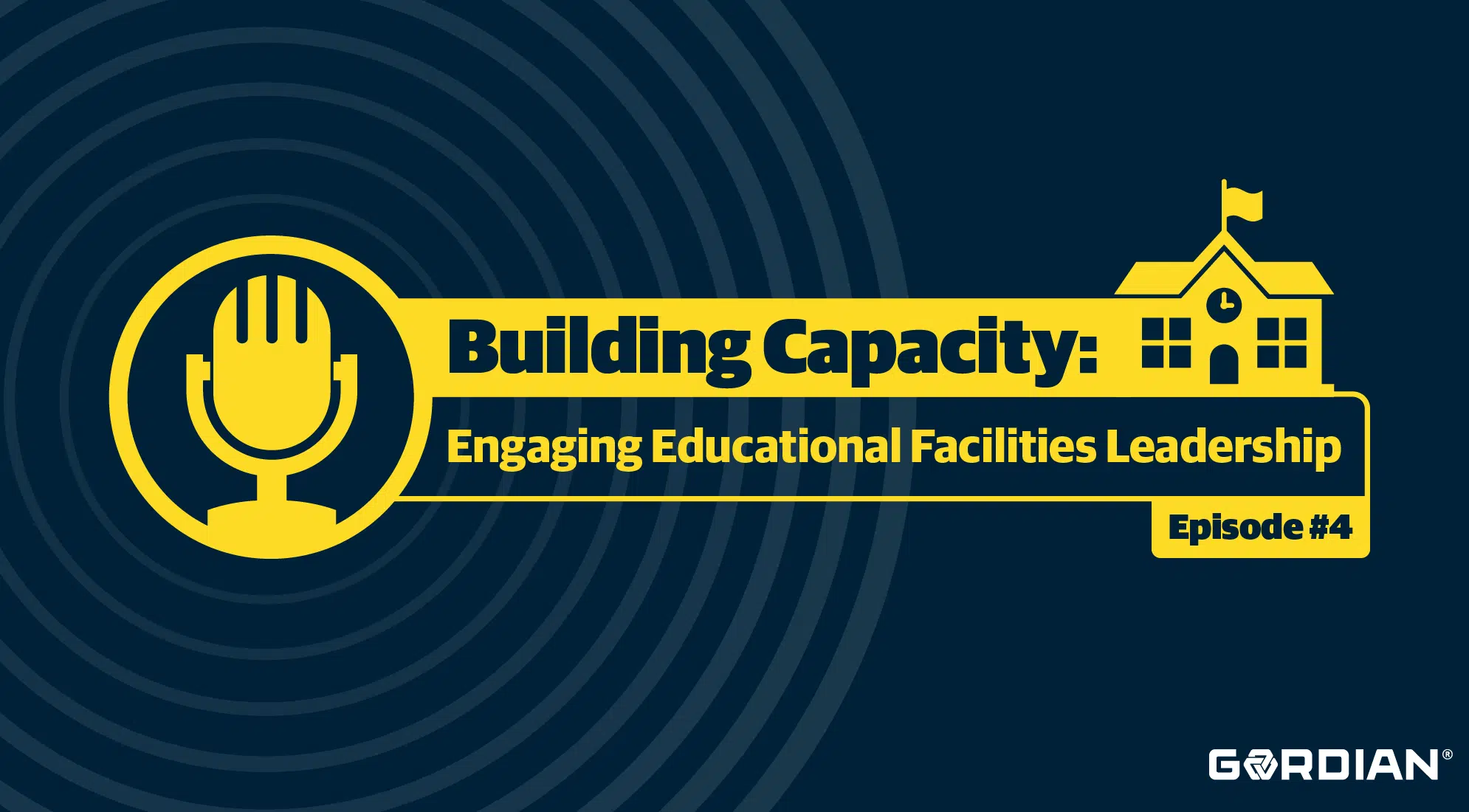Key Points:
- Data-Driven Decision Making: Digital transformation empowers facility managers to make smarter, faster decisions by leveraging real-time data insights. This includes using analytics to assess building performance, prioritize maintenance and allocate resources more effectively across the facility lifecycle.
- Lifecycle Optimization: Technology enables organizations to manage facilities more holistically — from planning and construction to operations and maintenance. Tools like facility management software and predictive analytics help optimize asset performance, reduce downtime and extend the life of infrastructure.
- Improved Public Sector Outcomes: By adopting digital solutions, public sector organizations can enhance transparency, accountability and service delivery. Real-world examples show how digital transformation leads to stronger communities through better-managed facilities and more efficient use of taxpayer dollars.
Facilities and procurement teams today face many challenges. Key among these are the need to retain trust with stakeholders through cost certainty and the ability to manage price volatility amid fluctuating market conditions. Additionally, navigating the ongoing digital transformation presents both opportunities and hurdles — teams must keep pace with technological advancements while ensuring seamless integration into existing workflows.
Embracing Digital Transformation and Lifecycle Management
A central theme emerging in modern facilities management is the use of digital services in managing the entire building lifecycle. Specifically, accurate and comprehensive data coupled with intuitive technology empowers stakeholders to optimize building performance, achieve organizational objectives such as climate action and accessibility and reduce the total cost of ownership. By adopting a robust, data-driven portfolio strategy, organizations can optimize capital planning and decision-making.
Innovative Procurement Strategies: Job Order Contracting (JOC)
One promising procurement strategy is Job Order Contracting, which streamlines project execution through a catalog of pre-priced construction tasks organized per the Construction Specifications Institute (CSI) standards and updated annually.
JOC offers several advantages: it speeds up project delivery by allowing for rapid task ordering, reduces supply chain friction and provides cost certainty. This makes it an ideal method for managing many project types, including space alterations, maintenance, renewal and emergency work.
Integrating Collaboration and Technology
Solutions are further leveraged through the use of integrated platforms which bring together various solutions into a unified interface. More and more organizations are connecting sensors and systems into operating and management systems. One example of how integrated applications can work is through unified access to customized costing databases, quality control features, version histories, collaboration tools, and milestone tracking.
Future Directions: Connecting Workflows for Continuous Improvement
Facilities managers will increasingly rely on data analytics and integrated platforms to benchmark operations, optimize resource allocation and maintain high safety and compliance standards across multiple locations. This future-ready approach positions organizations to deliver not only efficient and sustainable buildings but also exceptional occupant experiences.






